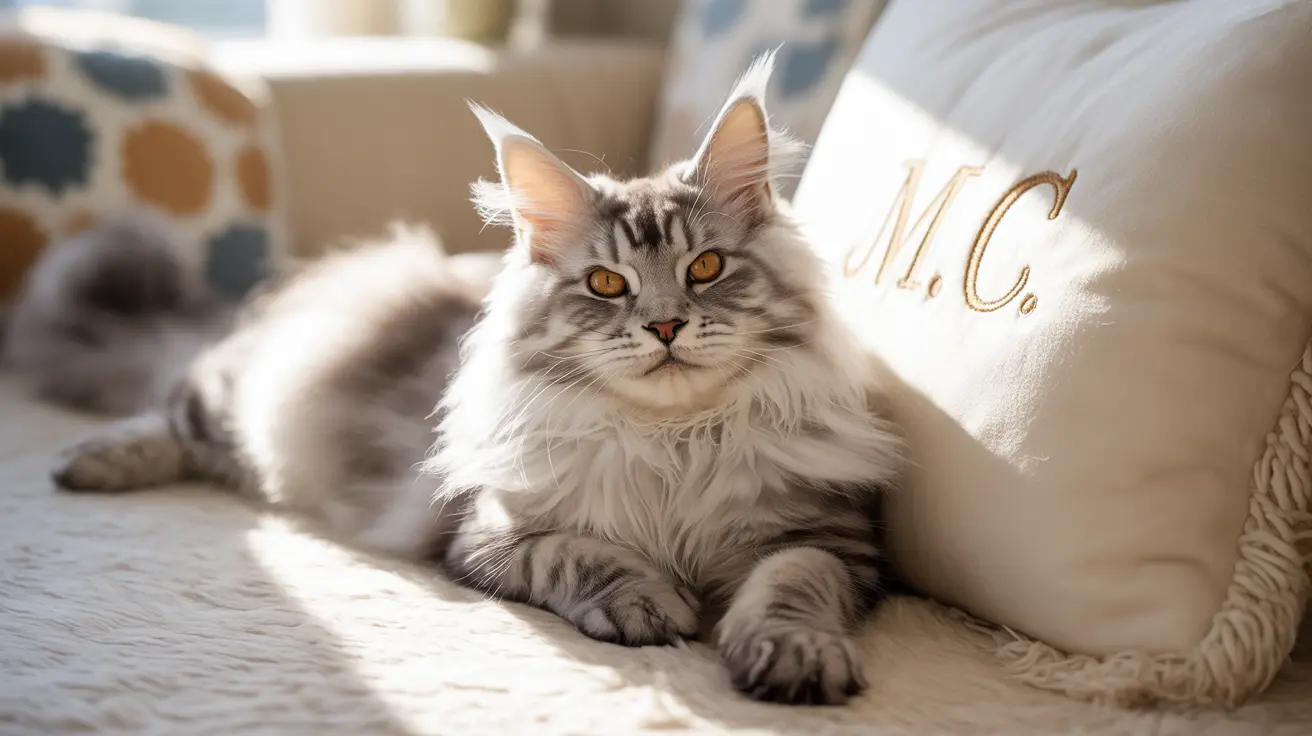Normal Head Burying Behaviors in Cats
Cats often exhibit head burying as part of their natural behavior patterns. When your cat tucks their head into soft surfaces like pillows or your arm, they're typically expressing comfort and security. This behavior can be traced back to their kittenhood when they would snuggle close to their mother and littermates for warmth and protection.
- Seeking darkness for better sleep
- Creating a sense of security
- Temperature regulation
- Showing trust and affection
Understanding Head Bunting vs. Head Burying
While head burying involves tucking the face into soft surfaces, head bunting is when cats gently bump their heads against you or objects. This social behavior serves multiple purposes:
- Marking territory with facial pheromones
- Showing affection and trust
- Establishing social bonds
- Claiming you as part of their family group
When to Be Concerned: Head Pressing
It's crucial to distinguish between normal head burying and problematic head pressing. Head pressing is a serious symptom where cats persistently push their heads against hard surfaces like walls or furniture. This behavior can indicate various neurological or medical conditions requiring immediate veterinary attention.
- Compulsive pressing against hard surfaces
- Disorientation or confusion
- Changes in behavior or personality
- Abnormal eye movements
- Loss of coordination
Creating a Safe Environment for Your Cat
To support your cat's natural head-burying behavior while monitoring for concerns, consider these tips:
- Provide plenty of soft, comfortable sleeping spots
- Create quiet, dark areas for rest
- Maintain regular veterinary check-ups
- Monitor any changes in head-related behaviors
Frequently Asked Questions
Why does my cat bury its head in pillows, blankets, or my arms?
This is typically a comfort-seeking behavior. Cats bury their heads in soft surfaces to feel secure, regulate temperature, or block out light for better sleep. It's usually a sign that your cat feels safe and relaxed.
What does it mean when my cat presses its head persistently against walls or furniture?
Persistent head pressing against hard surfaces is a serious warning sign that could indicate neurological problems, toxicity, or other medical conditions. This requires immediate veterinary attention.
How can I tell the difference between normal head burying and dangerous head pressing in cats?
Normal head burying involves gentle nuzzling into soft surfaces and appears relaxed. Head pressing involves forceful, persistent pressure against hard surfaces and often comes with other concerning symptoms like confusion or coordination problems.
When should I take my cat to the vet if I notice unusual head-related behaviors?
Seek veterinary care immediately if you notice persistent head pressing, changes in behavior, disorientation, or if head burying behavior suddenly increases or becomes concerning.
Why does my cat nuzzle or head butt me gently—what is it trying to communicate?
Gentle head butting or nuzzling, known as bunting, is a sign of affection and trust. Cats use this behavior to mark you with their scent glands and claim you as part of their family group.
Conclusion
Most head-burying behaviors in cats are normal and even endearing signs of comfort and trust. However, being aware of the difference between normal behavior and concerning symptoms like head pressing is crucial for your cat's health and well-being. When in doubt, always consult with your veterinarian to ensure your cat's safety and health.






